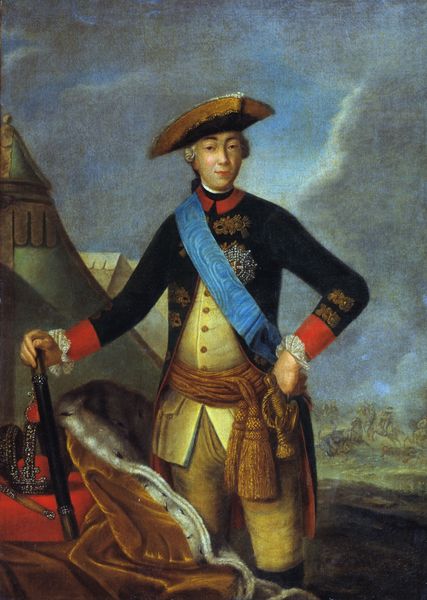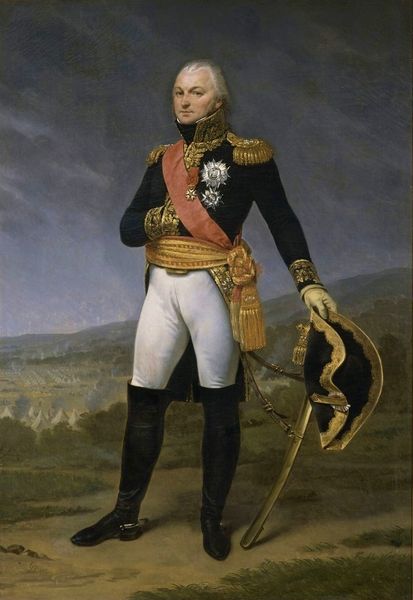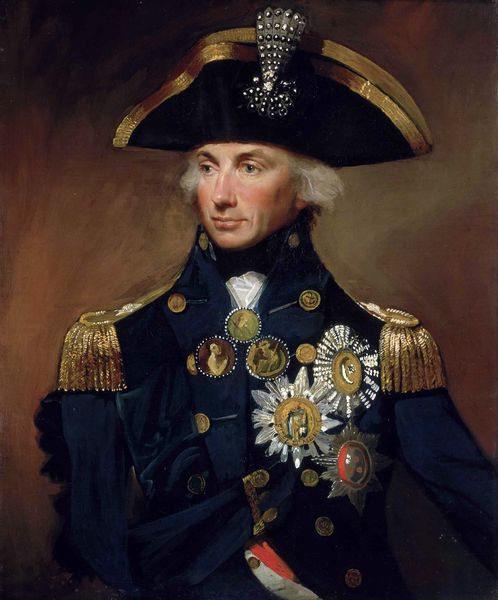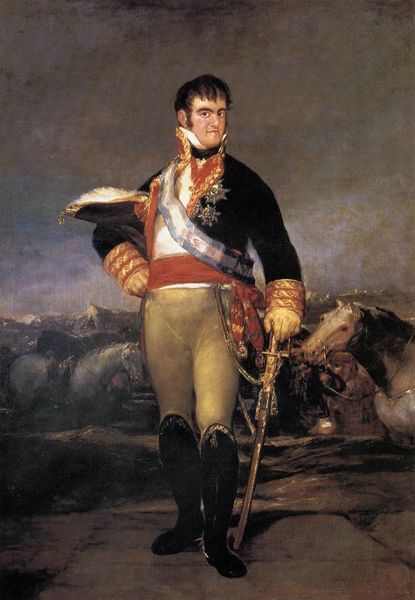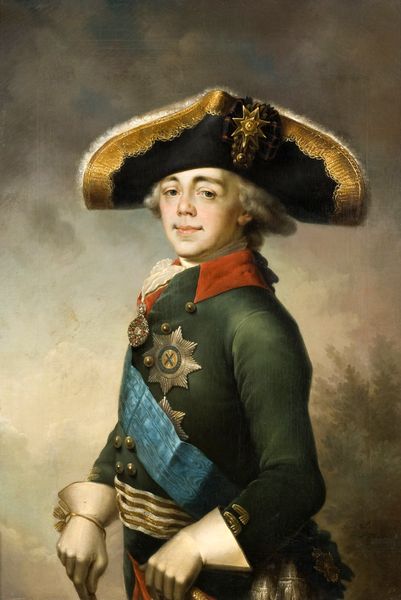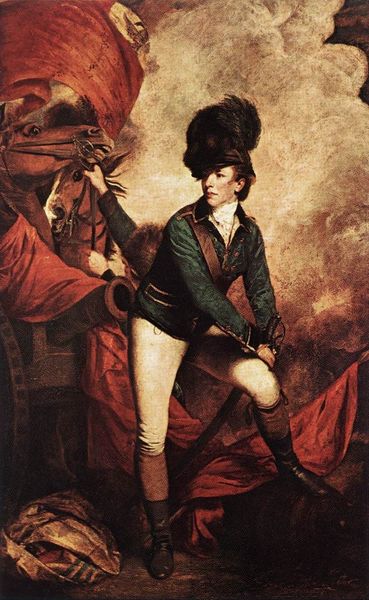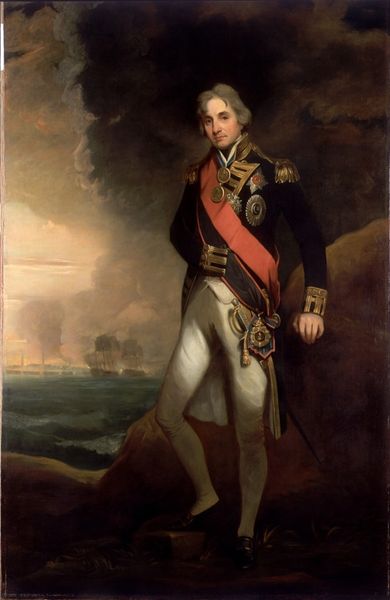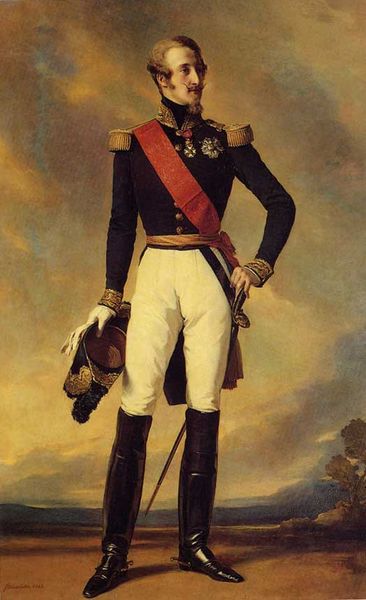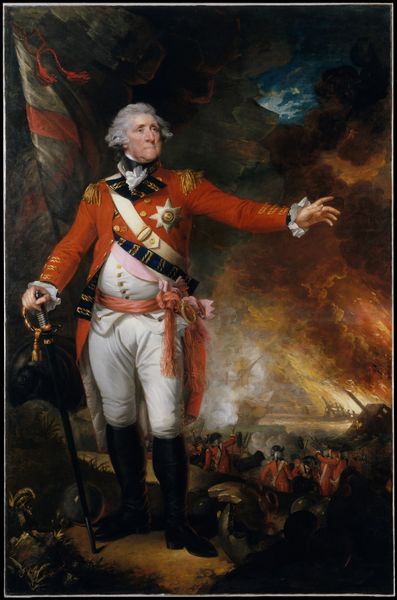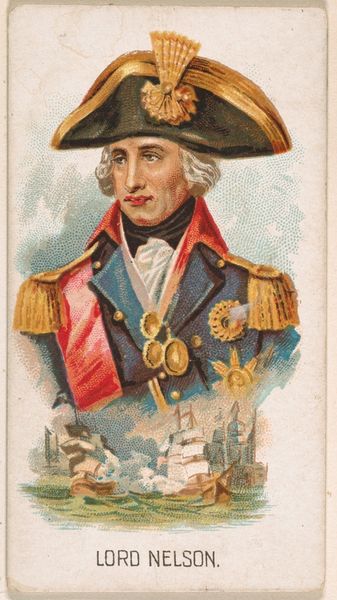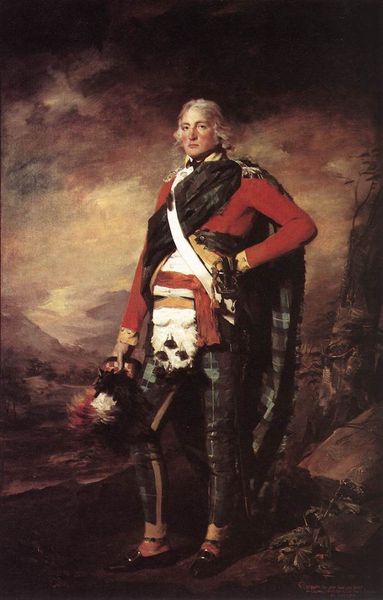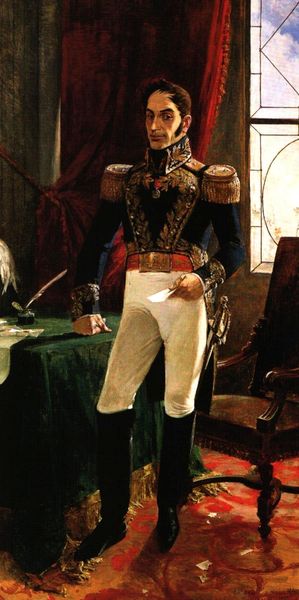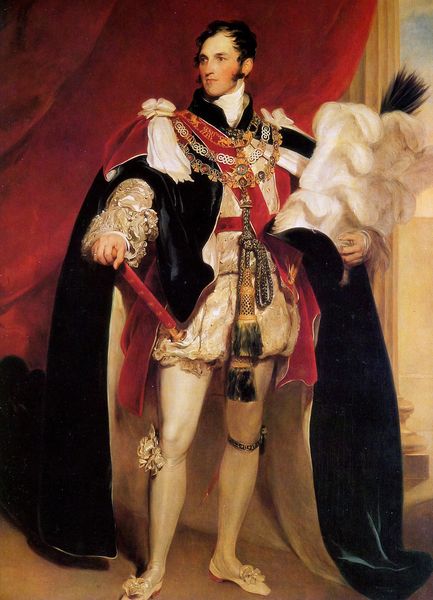
painting, oil-paint
#
portrait
#
neoclacissism
#
character portrait
#
portrait image
#
portrait
#
painting
#
oil-paint
#
portrait reference
#
famous-people
#
male-portraits
#
portrait head and shoulder
#
history-painting
#
facial portrait
#
portrait art
#
fine art portrait
#
celebrity portrait
#
digital portrait
Dimensions: 94 x 130 cm
Copyright: Public domain
Curator: What a dramatic portrait. Antoine-Jean Gros painted Bonaparte at the Pont d'Arcole in 1796, rendered in oil on canvas. I am immediately struck by the almost theatrical intensity of it. What stands out for you? Editor: Absolutely, theatrical is the right word! I'm drawn to the inherent contradictions. There’s Bonaparte, seemingly leading the charge, yet his gaze is averted, lost almost. The wind whips at the flag and his hair, yet he seems disconnected from the frenzy. What's going on? Curator: I believe this reflects a carefully crafted image of leadership. Consider the political climate. Gros depicts Bonaparte during the Battle of Arcole, a pivotal moment in his rise. The painting, while heroic, also hints at the burdens of power and perhaps the moral ambiguities inherent in war. Notice, the propaganda here obscures class and gender dynamics within the revolutionary army. Editor: That’s interesting. How much of the final picture comes down to political massaging rather than true depictions? What role does the painting play in shaping his identity, rather than reflecting it? Gros was clearly commissioned, and what that he delivered must have suited his paymasters at that moment in time. It’s an early example of image-craft, really. Curator: Precisely. Gros navigates a tightrope. He has to portray Bonaparte as both a man of action and a figure worthy of the burgeoning cult of personality around him. It's more than just flattery; it is establishing a visual language for Napoleonic authority. In many ways, Gros is helping to create the ‘Bonaparte’ that history would come to recognize, an astute combination of revolutionary fervor and imperial ambition. The painting as branding. Editor: And looking again at his dress—this feels almost anodyne and generic at some level. We think revolutionary but it reads more ‘officer class’. In fact, he presents much more ‘establishment’ than radical insurgent. Also what’s that off to the left of the canvas. Are we seeing into the throes of conflict. Look— bodies possibly crushed in their entirety? If we only had some additional viewpoints and contextual details for this particular historical snapshot… Curator: That visual element adds a layer of complexity— it reminds us of the violence underpinning the hero narrative. These touches force us to ask what really occurred at the time, especially through an intersectional lens of power and privilege, allowing this and similar artwork to transcend their mere value. It really encapsulates this specific moment and man so very well! Editor: Yes! A moment captured for all eternity… but one where the full truths lie subtly disguised under a thick veil of suggested perception and imposed influence. Thank you for expanding on all that, it really enhanced our overview.
Comments
No comments
Be the first to comment and join the conversation on the ultimate creative platform.
